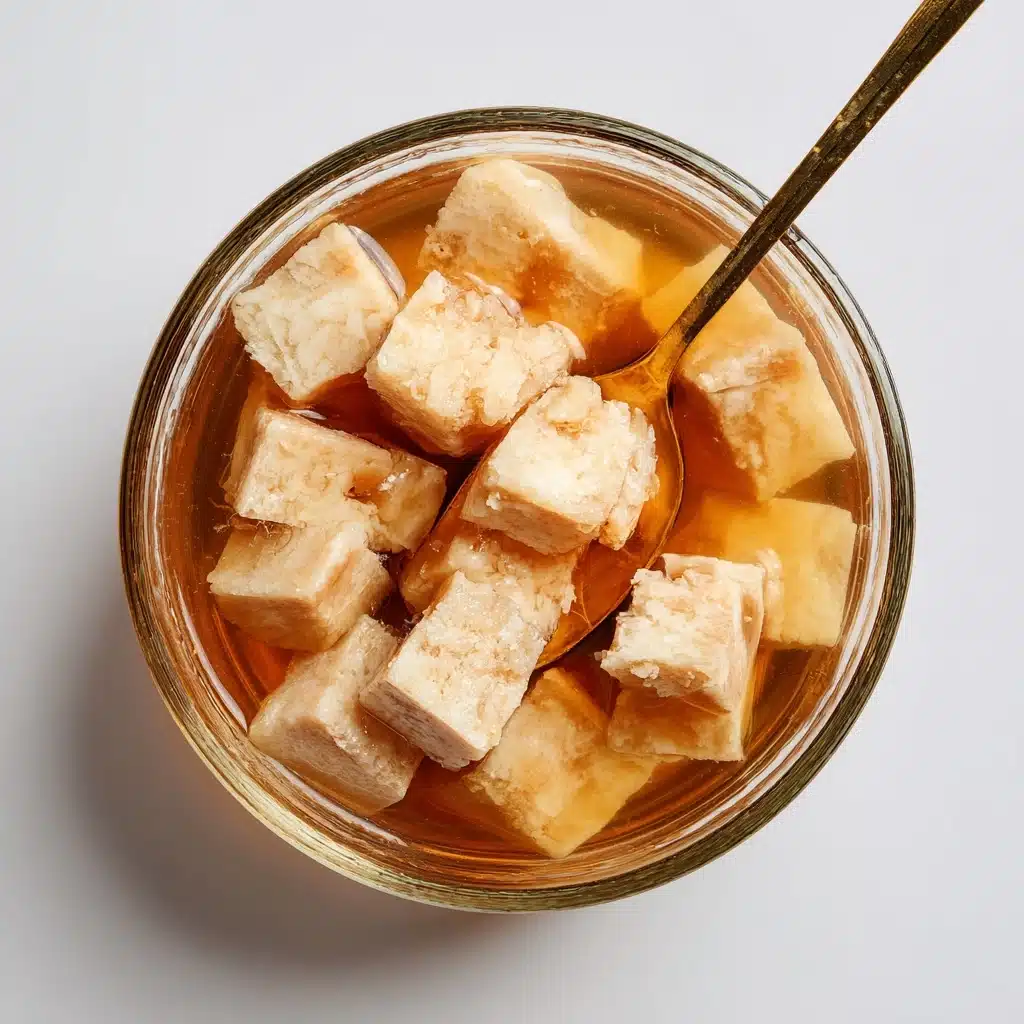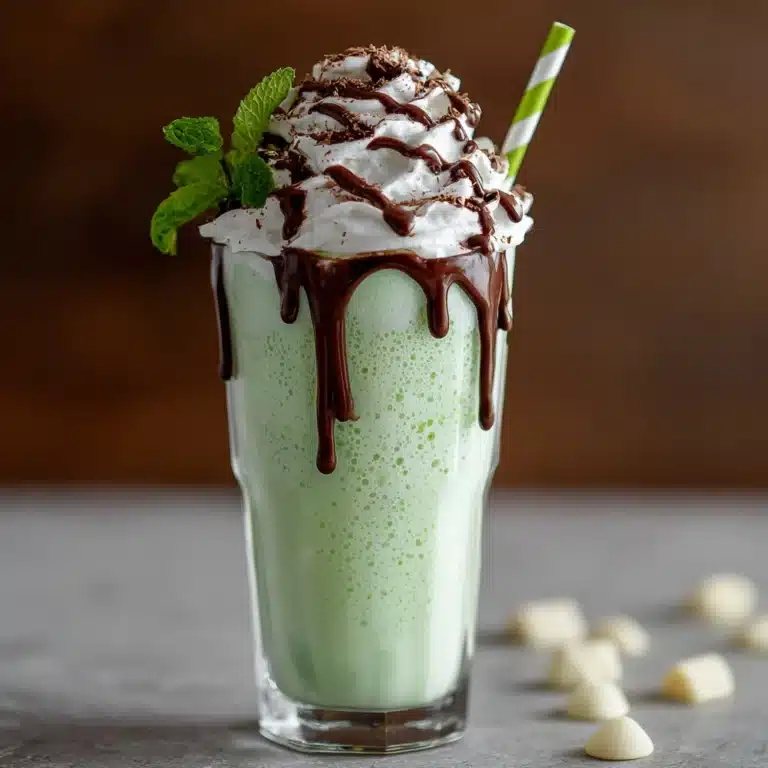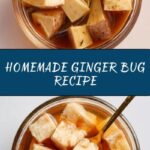If you’ve ever dreamed of crafting your own fizzy, probiotic-packed sodas right at home, a Ginger Bug is your go-to kitchen magic! This little jar of fermenting gingery goodness is what puts the sparkle in homemade ginger ale and fruit sodas, all while loading your drinks with natural probiotics. It’s fun, easy to nurture like a little science experiment on your countertop, and exceptionally rewarding once you start fermenting your very own bubbly beverages from scratch.
Ingredients You’ll Need
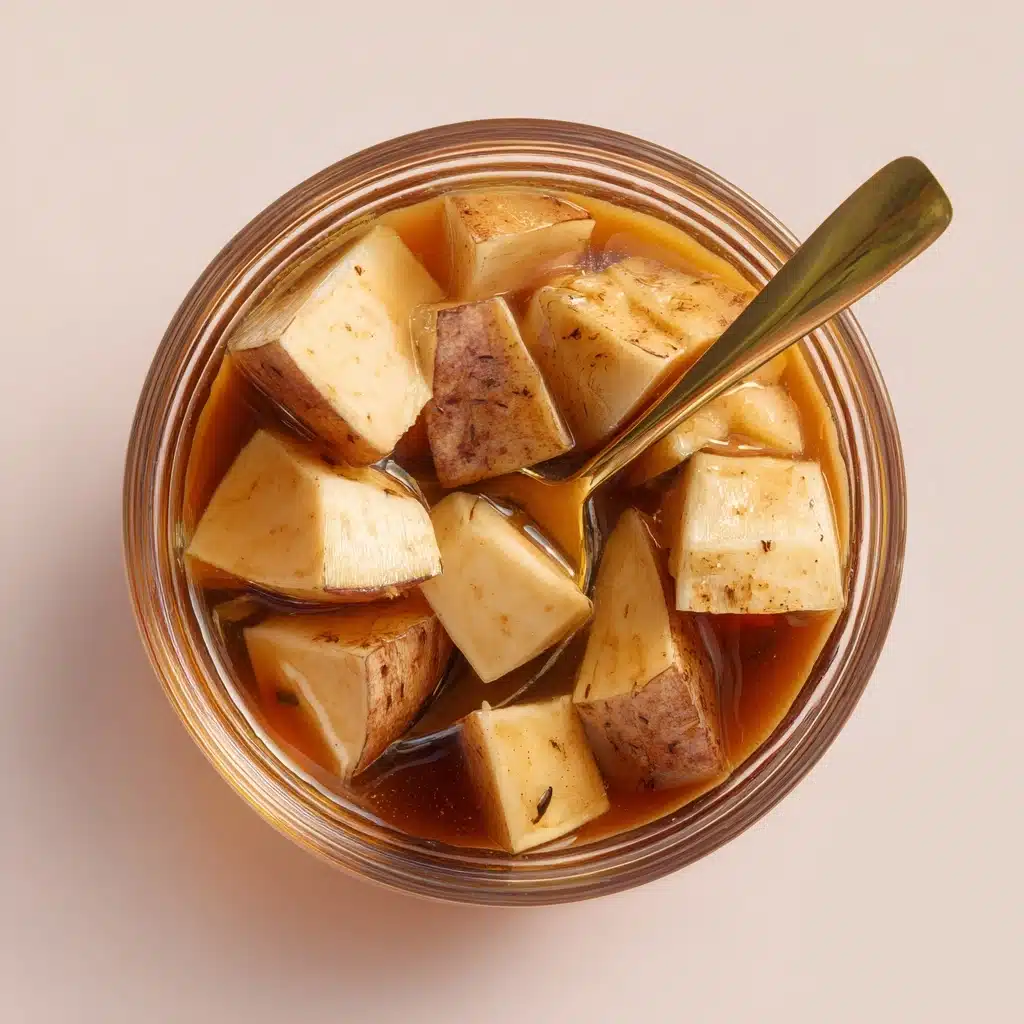
Ingredients You’ll Need
One of the joys of making a Ginger Bug is how surprisingly simple the ingredient list is—each one is vital not only for flavor but also for a lively fermentation. By sticking to the basics and using quality ingredients, you’ll set yourself up for a ginger bug that’s robust and ready to transform your homemade drinks.
- Fresh ginger root (with skin): The unpeeled ginger brings the wild yeasts and bacteria you need for fermentation, plus loads of flavor and a golden hue.
- Granulated sugar: Sugar is the fuel your wild cultures need to thrive and bubble—don’t skimp on it, and don’t worry: most is eaten up during fermentation!
- Filtered or non-chlorinated water: Chlorine can inhibit fermentation, so filtered water gives your ginger bug a happy, healthy start.
- Extra ginger and sugar (for “feeding” daily): Like a living pet on your counter, this ensures your ginger bug stays active and vibrant by providing fresh nutrients.
How to Make Ginger Bug
Step 1: Mix Your Starter
Begin by grabbing a clean glass jar—nothing fancy required. Add your 2 tablespoons of freshly grated (unpeeled) ginger, 2 tablespoons of sugar, and 1/2 cup of filtered or non-chlorinated water. Stir it up with a non-metal spoon until the sugar vanishes into the mix. The combination of ginger’s natural yeasts and the sugar’s sweet boost is the science behind a thriving Ginger Bug!
Step 2: Cover and Rest
Place a breathable cloth or a paper towel over the mouth of your jar and secure it with a rubber band. This allows airflow, keeping out dust while inviting beneficial bacteria from the environment to the party. Tuck your jar somewhere cozy at room temperature, away from direct sunlight, and let nature start working its fermentation magic.
Step 3: Feed Daily
Like any living ferment, your Ginger Bug craves daily nourishment. Every day at about the same time, add 1 tablespoon each of freshly grated ginger and granulated sugar. Stir well with your trusty non-metal spoon. These daily feedings are key—like walking your dog or watering your plants, it’s oddly satisfying!
Step 4: Wait for the Bubbles
After about 5 to 7 days of feeding, your Ginger Bug should be noticeably bubbly and smell delightfully yeasty with a gingery zing. That’s your sign it’s alive and ready for action! If it’s a little sluggish, be patient—a cooler kitchen may mean slower fermentation.
Step 5: Use or Store
Once your Ginger Bug reaches peak effervescence, it’s primed for homemade ginger ale or any naturally fermented soda you can dream up. Not using it right away? Pop it in the fridge, and remember to feed it once a week to keep your “bug” healthy and strong for next time.
How to Serve Ginger Bug
Garnishes
Get playful with your finished sodas by adding fresh mint, a lemon wheel, or even a twist of lime right before serving. For extra sparkle, a few candied ginger pieces on top never disappoint!
Side Dishes
Homemade Ginger Bug sodas shine alongside flavorful appetizers like spring rolls, spicy curries, or charcuterie boards. The gentle fizz and bright ginger kick create a perfect counterpoint to rich or eclectic flavors.
Creative Ways to Present
Serve your drinks in tall, chilled glasses with lots of chunky ice, or pour into vintage bottles for a touch of nostalgia. For parties, offer a soda bar: set out bottles of fruit juice, herbs, and sliced citrus for everyone to customize their bubbly creations with your homemade Ginger Bug starter!
Make Ahead and Storage
Storing Leftovers
Keep your Ginger Bug happy for weeks by stashing it in the fridge when you’re not bubbling up a batch of soda. Make sure to feed it with a tablespoon each of ginger and sugar every week, and always use a clean, non-metal spoon to stir.
Freezing
Technically, freezing isn’t recommended for a Ginger Bug—it can kill off those wild yeasts and bacteria you worked so hard to nurture! For best results, keep it refrigerated and plan to use or refresh it within a few weeks.
Reheating
A Ginger Bug is never meant to be heated; doing so will stop fermentation in its tracks. If your bug has been refrigerated, just let it come to room temperature, give it a fresh feeding, and it’ll perk right up, ready for your next big batch of soda.
FAQs
Can I use powdered ginger instead of fresh for my Ginger Bug?
Fresh ginger root, especially with the skin, contains the right balance of wild yeasts and beneficial bacteria that kickstart fermentation for a Ginger Bug. Powdered ginger usually misses that magic microbial diversity, so it’s best to stick with the fresh stuff for this recipe.
What if my Ginger Bug isn’t bubbling after a week?
Don’t panic—sometimes fermentation just takes a little longer, especially if your kitchen is cool. Keep feeding and stirring daily, and ensure your water is chlorine-free and your jar is covered but breathable. A few extra days often brings those bubbles to life.
Can I use honey or another sweetener instead of sugar?
Sugar is the tried-and-true energy source for the wild yeasts in a Ginger Bug. While honey or alternative sweeteners might ferment, they can behave differently and potentially introduce unwanted microbes, so granulated sugar is your best bet for consistency and safety.
How do I know if my Ginger Bug has gone bad?
Trust your senses: if your Ginger Bug develops mold, smells funky or rotten (not pleasantly yeasty or gingery), or changes color dramatically, it’s safest to discard and start anew. A healthy bug should smell bright, zingy, and only slightly yeasty.
How much Ginger Bug should I use to ferment soda?
For most homemade sodas, start with about 1/4 cup of active Ginger Bug per quart of liquid. If you want more fizz, you can use a bit more. Always strain out the solids before adding to your beverage base, then let the magic of fermentation work!
Final Thoughts
Making your own Ginger Bug is a true kitchen adventure bursting with flavor and endless bubbly possibilities. Give it a try, experiment with homemade sodas, and you’ll soon be hooked on this enchanting, naturally fizzy world! Happy fermenting, friends.
Print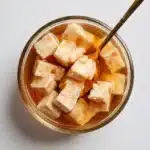
Ginger Bug Recipe
- Total Time: 5 minutes (plus 5–7 days fermentation)
- Yield: 1 starter (about 1/2 cup) 1x
- Diet: Vegan, Gluten-Free
Description
Learn how to make a ginger bug, a natural starter for fermenting beverages like ginger ale and fruit sodas. This probiotic-rich concoction is easy to make and adds a wonderful depth of flavor to homemade sodas.
Ingredients
For the Ginger Bug:
- 2 tablespoons fresh ginger root, grated (with skin)
- 2 tablespoons granulated sugar
- 1/2 cup filtered or non-chlorinated water (plus additional for feedings)
Instructions
- Prepare the Ginger Bug: In a clean glass jar, combine the grated ginger, sugar, and water. Stir with a non-metal spoon until the sugar is fully dissolved.
- Let it Ferment: Cover the jar with a breathable cloth or paper towel secured with a rubber band. Leave the jar at room temperature, away from direct sunlight. Feed the ginger bug daily by adding 1 tablespoon each of grated ginger and sugar, stirring well after each addition.
- Wait for Fermentation: Continue feeding for 5 to 7 days, or until the mixture becomes bubbly and slightly effervescent with a yeasty, ginger aroma.
- Ready for Use: Once active, the ginger bug is ready to use as a natural starter for fermenting beverages like homemade ginger ale or fruit sodas.
Notes
- Use organic ginger if possible to avoid pesticide residues.
- Avoid using metal utensils, which can disrupt the fermentation.
- Store the ginger bug in the refrigerator when not in use and feed weekly to maintain activity.
- Prep Time: 5 minutes
- Cook Time: 0 minutes
- Category: Beverage Starter
- Method: Fermentation
- Cuisine: Global
Nutrition
- Serving Size: 1 tablespoon
- Calories: 15
- Sugar: 3g
- Sodium: 0mg
- Fat: 0g
- Saturated Fat: 0g
- Unsaturated Fat: 0g
- Trans Fat: 0g
- Carbohydrates: 4g
- Fiber: 0g
- Protein: 0g
- Cholesterol: 0mg
